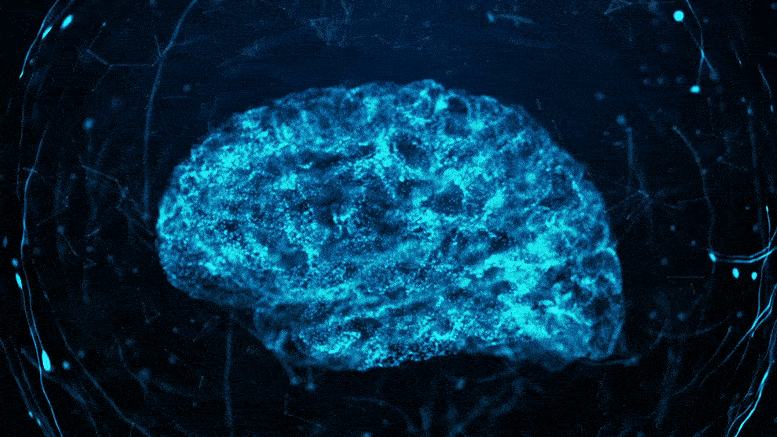There are four ways drones typically navigate. Either they use GPS or other beacons, or they accept guidance instructions from a computer, or they navigate off a stored map, or they are flown by an expert in control.
What do you when absolutely none of the four are possible?
You put AI on the drone and it flies itself with no outside source of data, no built-in mapping, and no operator in control.








